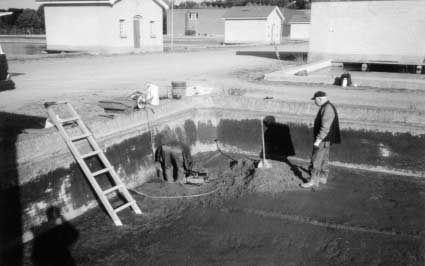Reinforced concrete (RC) structures exhibit significant variability during construction, primarily due to the in-situ casting process. This method introduces numerous factors that can affect quality. As Richard Feynman wisely noted, “The first principle is that you must not fool yourself—and you are the easiest person to fool.” This insight is particularly relevant in the construction industry, where the complexities of RC work can lead to complacency or oversight, ultimately compromising structural integrity.
Challenges compared to steel structures
Unlike steel structures, which benefit from stringent quality control during manufacturing, RC structures often face uncertainties regarding their strength and performance due to varying construction practices. In large projects, reliance on professional contractors is intended to mitigate these risks. However, profit margins can drive some contractors to meet only the minimum quality specifications, which can lead to malpractices.
Impact of malpractices on structural integrity
Malpractices such as adding excessive mixing water for improved workability, improper use of chemical admixtures, or premature striking of formwork can severely affect structural performance. Civil engineer J. W. van der Meer highlights this by stating, “Quality is never an accident; it is always the result of intelligent effort.” This underscores the necessity of a committed approach to quality throughout every phase of construction.
Limitations of testing methods
Testing methods often rely on sampling, which, while practical for payment procedures, cannot fully account for the variability of the entire structure. Mathematician George E. P. Box reminds us, “All models are wrong, but some are useful.” This suggests that reliance on statistical methods to infer overall quality from limited tests may obscure potential issues. A more comprehensive approach to quality assurance is essential.
Conclusion
In summary, the inherent variability in RC structures, coupled with potential construction malpractices, can lead to what you referred to as an “inherent genetic disorder” in infrastructure. As we consider these challenges, it is crucial to prioritize rigorous quality control and foster a culture of accountability in construction to prevent future “cancer” in our infrastructure systems.








